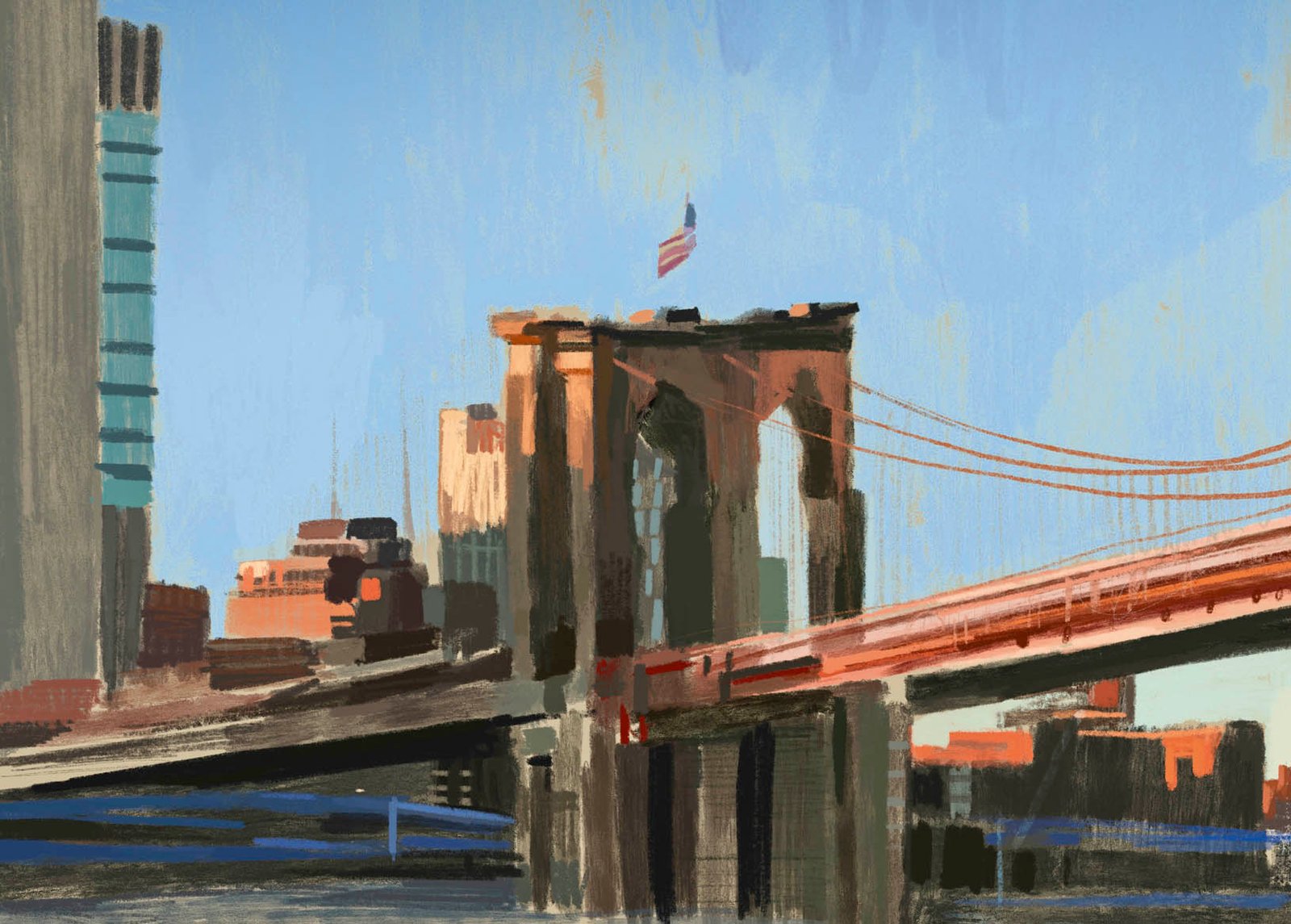
Pozo Azul Twenty-Four Hours of Adrenaline in the Forest
By Julia Henriquez
Photos: Demian Colman
Ninety minutes from San José, the traffic and noise of the city fade away. Nature reigns here. The blue of the river is a refreshing sight for those of us who have ventured to the Pozo Azul Ranch in Sarapiquí. This reserve, run on the principles of responsible ecological adventure tourism, is the perfect triple treat for “green” globetrotters. Both planned and spontaneous stays provide a new way to experience the Central American rainforest, leaving guests spoiled for choice in terms of activities.
We have only 24 hours in this secluded corner of the globe, so we hurry to the reception area. It reminds me of an ant hill where everything seems to be chaos, but upon closer inspection, is revealed to be teamwork. The guides weave in and out, leading a line of tourists behind them, passing out ropes, helmets, towels, and shoes in a steady rhythm. We follow our “ant queen” to the first activity.
 Horseback Riding
Horseback Riding
As we put on helmets and select our horses, our guide tells us that horseback riding was the driver behind the entire project. At first, the 2,000 acres of ranchland were the sole attraction, and the nature-loving owner offered horseback riding to give people an opportunity to savor the combination of greenery, flowers, river, and landscape that make this neck of the woods a must-see part of Central America. The tradition continues today, with horseback riding around the ranch being the day’s most tranquil activity. Crossing the Sarapiquí River on the back of this noble animal or entering the dense forest is just the beginning of the adventure.
We return to the reception area, rest for half a second, and find the next guide awaiting us worker ants.
Rafting
Nearly running, we exchange shoes for sandals and long pants for short, and speed toward a hut where we don helmets and life vests. Wide-eyed and giggling nervously, we divide up and divide up again. Each inflatable raft ends up with six of us plus a guide. We get our instructions: “If I say ‘forward,’ you paddle. ’Stop,’ you stop. ’Lean in,’ you put your heads down and pull up the paddle. ’Down,’ everyone get down on the bottom of the raft. And don’t fall in, but if you do, don’t swim!” “Don’t swim! You’re in a river with a strong current, so if you fall in ‘don’t swim!’; we’ll grab you.” (I’m thankful that I didn’t need to find out just how they would rescue me.)
Feigning courage and holding a paddle taller than I am, I get into the raft and sit in front. We’re the leads, the guide and I. I have never been very good at paddling; he’s busy with his camera. A Cuban family from Miami and a Chinese man who speaks no Spanish are behind us, and together we form a group of Spanglish speakers who conquer the Sarapiquí to loud laughter.
 I can’t express what it feels like to paddle through the rapids. It’s sort of like: forward…forward…forward. Water, a sore back, arms pumping hard, water. Fast, forward. Stones, waterfalls, a water drop. Down. Everyone in the raft, some on top of others, a roller coaster, a pounding heart, a void, confusion. Positions. A jet of water hits me in the face, there is a sudden drop, I open my eyes. I’m not quite sure what happened; I only know that I’m guffawing and my heart beats faster and faster. We power through a series of rapids with short rests to enjoy the scenery. The raft stops so suddenly that you forget that two seconds ago you were paddling through a shower of water. You start to focus on the landscape, and then the river claims your attention again. It’s 45 minutes of class II and III rapids.
I can’t express what it feels like to paddle through the rapids. It’s sort of like: forward…forward…forward. Water, a sore back, arms pumping hard, water. Fast, forward. Stones, waterfalls, a water drop. Down. Everyone in the raft, some on top of others, a roller coaster, a pounding heart, a void, confusion. Positions. A jet of water hits me in the face, there is a sudden drop, I open my eyes. I’m not quite sure what happened; I only know that I’m guffawing and my heart beats faster and faster. We power through a series of rapids with short rests to enjoy the scenery. The raft stops so suddenly that you forget that two seconds ago you were paddling through a shower of water. You start to focus on the landscape, and then the river claims your attention again. It’s 45 minutes of class II and III rapids.
By the mid-journey rest stop, our friend Sam (from China) has already learned more Spanish than he had during the rest of his trip through Central America. We’re all dripping water, make-up, and laughter-induced tears. Here in the middle of the river, the current slows enough to allow us to stop. One side of the river, where the riverbank forms a 6-foot high wall, would be an ideal spot to perfect our high jump. From here on, there are some 150 feet of class I and II rapids.
Back at the reception area, we’re a little more weak-kneed than before, our arms have expended a year’s worth of effort, and we have not had a single moment to catch our breath during the day. We join our fellow “ants,” change shoes, and sprint to our next activity.
Canopy Tours
 Harnesses are girded around our legs and hips, gloves slipped on our hands, and helmets clapped on our heads, and we’re ready to fly through the rainforest. There are a total of nine lines, some fast and others slow enough for selfies (complete with selfie stick), videos, and photos. We are leaping from tree to tree like Tarzan or any of Jane Goodall’s animal friends. Branches of various colors and sizes rush by and the rest platforms give us the best views of the Sarapiquí.
Harnesses are girded around our legs and hips, gloves slipped on our hands, and helmets clapped on our heads, and we’re ready to fly through the rainforest. There are a total of nine lines, some fast and others slow enough for selfies (complete with selfie stick), videos, and photos. We are leaping from tree to tree like Tarzan or any of Jane Goodall’s animal friends. Branches of various colors and sizes rush by and the rest platforms give us the best views of the Sarapiquí.
Exploring the Costa Rican rainforest is undoubtedly an adventure filled with excitement, adrenaline, and emotion. There are myriad ways immerse yourself in the forest, along with programs for every taste and budget. This is surely everyone’s idea of a forest paradise: a place to whole-heartedly enjoy learning from our experiences.
We drive two minutes to the last line, only to find a surprise awaiting us. It starts like all the rest: dense forest and a wormhole that takes us through time, but this special line amazes us. The panorama opens up and the river rumbles under our feet as we fly through the air; we are breathless, unable to form words, and we feel like we’re still in mid-air as the line reaches its endpoint.
 Our arms and legs feel heavier than ever, and we drag ourselves to the reception area to receive our room assignments. Since this is Pozo Azul, where ecotourism boasts its own style, our room is actually a luxury camping tent. The wonderful Pozo Azul Tents are erected on wood platforms among the trees, guaranteeing an unparalleled night in the forest. Double beds, hot water, and a deck provide amenities enjoyed to the sounds of the night. At six in the afternoon, a neighboring troop of howler monkeys chorus their particular song.
Our arms and legs feel heavier than ever, and we drag ourselves to the reception area to receive our room assignments. Since this is Pozo Azul, where ecotourism boasts its own style, our room is actually a luxury camping tent. The wonderful Pozo Azul Tents are erected on wood platforms among the trees, guaranteeing an unparalleled night in the forest. Double beds, hot water, and a deck provide amenities enjoyed to the sounds of the night. At six in the afternoon, a neighboring troop of howler monkeys chorus their particular song.
Night falls in the jungle and the animals watch us from afar. We take the flashlight we were handed with the keys to our tent and head for the restaurant. A delicious dinner of organic local food rounds out the most exhausting, extreme 24 hours I have ever experienced in the Central American rain.



